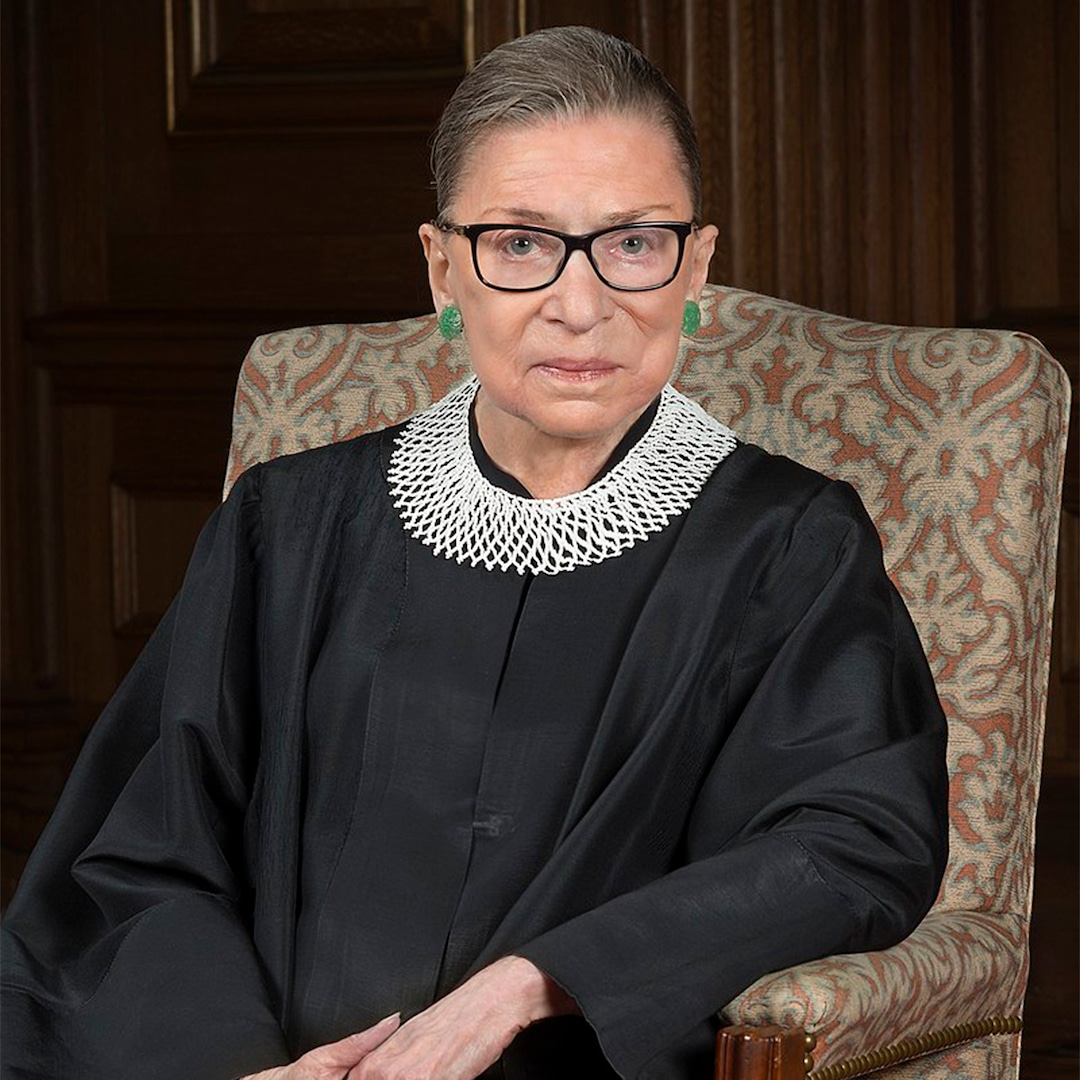
On Friday, Sept 18, right at the start of the weekend and the Jewish holiday Rosh Hashanah, the world was hit with yet another devastating loss.
It was announced that Justice Ruth Bader Ginsburg, 87, who had served on the Supreme Court since 1993, had died of complications from pancreatic cancer. The initial impact of her death could immediately be seen on nearly every major social media platform, with reactions ranging from sad to furious, from mourning a beautiful life to fearing what the loss means for the future.
One tweet by author Ruth Franklin quickly began making the rounds.
“According to Jewish tradition, a person who dies on Rosh Hashanah, which began tonight, is a tzaddik, a person of great righteousness,” she wrote. “Baruch Dayan HaEmet.”
Ruth’s death is politically complicated this close to the presidential election (since the president nominates replacement justices), but the loss goes beyond that. She was a trailblazer for women in politics, for women in male-dominated fields, really, for women everywhere. She was an example for everyone, ready to fight no matter what it took—even as she stared down death amid her cancer battle.
Be the first to comment